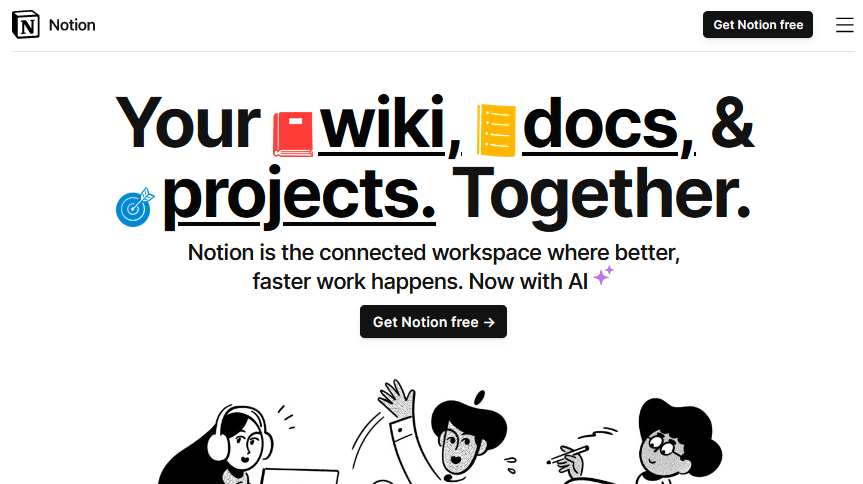

AI Image: LockBit 3.0 Breach on the Federal Reserve
We are sitting at the intersection of cybersecurity and artificial intelligence in the enterprise and there is much to know and do. Our goal is not just to keep you updated with the latest AI, cybersecurity and other crucial tech trends and breakthroughs that may matter to you, but also to feed your curiosity.
Thanks for being part of our fantastic community!
In this edition:
Did You Know - LockBit 3.0 Breach
Article Spotlight: The LockBit 3.0 Breach on the Federal Reserve: A Sobering Cybersecurity Crisis
Artificial Intelligence News & Bytes
Cybersecurity News & Bytes
Power Prompt
Social Media Image
Did You Know - LockBit 3.0 Breach
Did you know The breach of the Federal Reserve raises concerns about national security and the protection of critical financial infrastructure.
Did you know the stolen information reportedly includes sensitive banking details of U.S. citizens. If confirmed, this attack could be one of the most serious in financial history, endangering personal privacy and national security
Did you know the attack highlights the double-edged sword of AI, while it empowers cybercriminals, it also aids in defending against threats.
Did you know the Federal Reserve is essential to the U.S. financial system, managing monetary policy, regulating banks, and ensuring financial stability. A breach of this magnitude exposes vulnerabilities in critical infrastructure
Did you know Dmitry Yuryevich Khoroshev, a Russian national also known by the alias “LockBitSupp,” was identified as the administrator behind LockBit.
The LockBit 3.0 Breach on the Federal Reserve: A Sobering Cybersecurity Crisis
The digital age, while offering unprecedented convenience and connectivity, has ushered in an era where cyber threats loom ominously over even the most fortified institutions. The LockBit 3.0 ransomware attack on the Federal Reserve is a stark and brazen testament to this reality. This incident has not only shaken the core of the U.S. financial system but has also underscored the dire need for heightened vigilance and robust cybersecurity frameworks across the board.
A Catastrophic Breach
On March 16, 2024, news broke that the Federal Reserve had fallen victim to a LockBit 3.0 ransomware attack. This sophisticated and modular ransomware variant infiltrated the system, compromising a staggering 33 terabytes of sensitive data. The attackers issued a ransom demand with a strict 48-hour ultimatum, plunging the financial world into a state of acute distress (Bitdefender) (HealthITSecurity).
The Mechanics of LockBit 3.0
LockBit 3.0, an evolved version of its predecessors, LockBit and LockBit 2.0, operates on a Ransomware-as-a-Service (RaaS) model. This model allows affiliates—essentially cyber mercenaries—to deploy the ransomware against targets, making it a formidable and widespread threat. What sets LockBit 3.0 apart is its modular and evasive design. It’s capable of removing itself from the disk after infection, communicating with command and control servers through encrypted channels, and avoiding detection (Justice.gov) (GovTech).
The Attack Unfolds
Initial reports indicate that LockBit 3.0 gained access through methods such as remote desktop protocol (RDP) exploitation, phishing, and abuse of valid accounts. Once inside, the ransomware executed a well-coordinated attack, using its custom exfiltration tool, StealBit, to siphon off sensitive data before encrypting the systems. This dual-pronged strategy—data theft followed by encryption—left the Federal Reserve scrambling to respond under immense pressure (HealthITSecurity).
The Implications
The ramifications of this breach are profound and far-reaching:
Data Exposure: With 33 terabytes of data compromised, the potential misuse of sensitive financial information could be catastrophic.
Erosion of Trust: The Federal Reserve is a pillar of the global financial system. A breach of this magnitude erodes trust not only in the institution but in the security of financial systems worldwide.
Economic Shockwaves: The Federal Reserve’s role in regulating and stabilizing the economy means that any disruption can send shockwaves through global markets, affecting economies far and wide.
A Global Cybersecurity Crisis
This attack has sent ripples through the global cybersecurity landscape. Governments and financial institutions worldwide are now on high alert, recognizing that if the Federal Reserve can be breached, no entity is truly secure. The attack has highlighted the vulnerabilities inherent in even the most robust security systems and the sophisticated nature of modern cyber threats (GovTech).
The Fallout
In the aftermath of the attack, the Federal Reserve, along with federal agencies like the FBI and CISA, has been working tirelessly to mitigate the damage. These efforts include attempting to secure the compromised data, identifying the perpetrators, and bolstering defenses to prevent future breaches. The public disclosure of this attack has also served as a stark reminder to all institutions about the relentless and evolving nature of cyber threats (Justice.gov) (HealthITSecurity).
Sobering Reminder
The LockBit 3.0 breach on the Federal Reserve is a sobering reminder of the vulnerabilities that lie within our most critical systems. As we continue to navigate the complexities of the digital age, this incident underscores the urgent need for enhanced cybersecurity measures, continuous vigilance, and a collective effort to defend against the ever-looming threat of cyberattacks. The lessons learned from this breach will undoubtedly shape the future of cybersecurity policies and practices globally.
For further information on this incident, you can refer to the advisory issued by the FBI, CISA, and MS-ISAC (Bitdefender) (HealthITSecurity).
Artificial intelligence News & Bytes 🧠
Cybersecurity News & Bytes 🛡️
AI Power Prompt
Provide intelligence briefings on the latest tactics, techniques, and procedures (TTPs) cybercriminals use.
## Context
As a cybersecurity expert, it's essential to stay updated with the latest tactics, techniques, and procedures (TTPs) utilized by cybercriminals. The objective is to provide intelligence briefings that are not only informative but also encourage networking and connection opportunities among professionals in the field. Incorporating relevant keywords is crucial to enhance search visibility and ensure alignment with industry trends.
## Approach
The approach involves presenting a comprehensive overview of the latest TTPs adopted by cybercriminals. The briefing should cover a range of topics including but not limited to phishing, ransomware, social engineering, and insider threats. The content should be organized in a structured and easily understandable format to engage the audience effectively.
## Response Format
The intelligence briefing should be presented in a professional and informative tone with a balance of technical details and practical examples. The format may include visual aids such as graphs, charts, or infographics to enhance understanding and retention of key information. It should be easily shareable for networking purposes.
## Instructions
1. Incorporate specific examples and case studies to illustrate the TTPs used by cybercriminals.
2. Use industry-relevant keywords to ensure the briefing is aligned with current trends and enhances search visibility.
3. Encourage audience engagement by allowing for networking opportunities and professional connections.
4. Provide practical recommendations and best practices to counter the identified TTPs.
5. Ensure the briefing maintains a professional, yet approachable tone to facilitate audience engagement and information retention.
Note: Any words in [Word] in brackets like that is a variable that you insert or add. Here is the format to add variable after the prompt: [Word] = Your answer for variable
Scale your GRC program with Automation and AI
Spending hours gathering evidence, tracking risk, and answering security questionnaires? Move away from manual work by automating key GRC program needs with Vanta.
Automate evidence collection across 21+ frameworks including SOC 2 and ISO 27001 with continuous monitoring
Centralize risk and report on program impact to internal teams
Create your own Trust Center to proactively manage buyer needs
Leverage AI to answer security questionnaires faster
Over 7,000 global companies like Atlassian, Flo Health, and Quora use Vanta to build trust and prove security in real time. Connect with a team member to learn more.

Try Notion for free. I use it everyday for my work, website and putting this newsletter together. It just works.
Questions, Suggestions & Sponsorships? Please email: [email protected]
Way to go for sticking with us till the end of the newsletter! Your support means the world to me!
Also, you can follow me on Twitter(X) @mclynd for more cybersecurity and AI.
Thank you!
Note: Some of the links in my content like the Notion section are affiliate links. I believe in transparency and honesty, and truly believe in their service, as my audience and I have had great success using Notion.
If you do not wish to receive this newsletter anymore, you can unsubscribe below. Sorry to see you go, we will miss you!





.webp)


Social Media Image of the Week